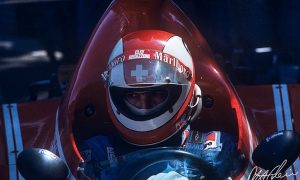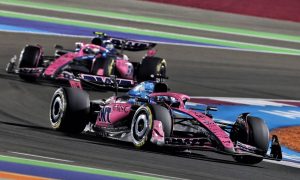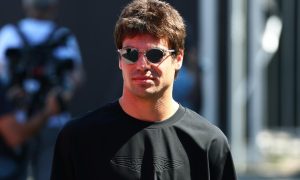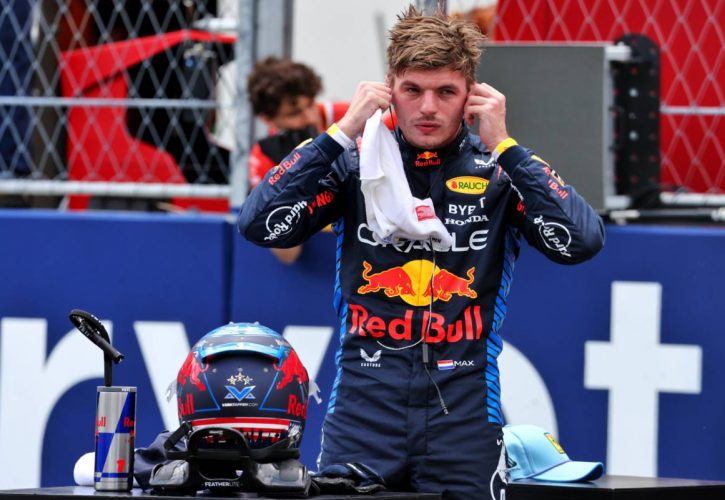
The FIA's Superlicence system, introduced in 2016 partly in response to Max Verstappen's meteoric rise to F1 at just 17, finds itself back in the spotlight.
This time, the focus is on the case of Mercedes junior driver Andrea Kimi Antonelli, who is currently racing in the FIA Formula 2 Championship.
Rumors have swirled that the teenager might be fast-tracked into a Formula 1 seat as early as this year, with a request being submitted to the FIA for the Mercedes protégé to be granted a Superlicence ahead of his 18th birthday in August.
However, in the wake of the whispers in the paddock, Mercedes F1 boss Toto stepped in to unequivocally deny the hearsay.
The FIA’s current system requires drivers to reach a minimum of 40 points based on performance in junior feeder series before being eligible for an F1 Superlicence, a criterium designed to ensure that young drivers have sufficient experience before entering the pinnacle of motorsport.
As inferred in Antonelli’s case, a candidate for a Superlicence must also be at least 18 years old.
However, Verstappen, the young man whose rapid ascent to F1 at the age of 17 years and 166 days prompted the system's creation, now questions its efficacy.
"That rule was introduced because of me, of course," Verstappen recently told the media. "In the end, it doesn't stop what it's meant for.
"It's not specifically about him [Antonelli], but this can stop some talents from getting into Formula 1 quickly because they have to accumulate those 40 points first.
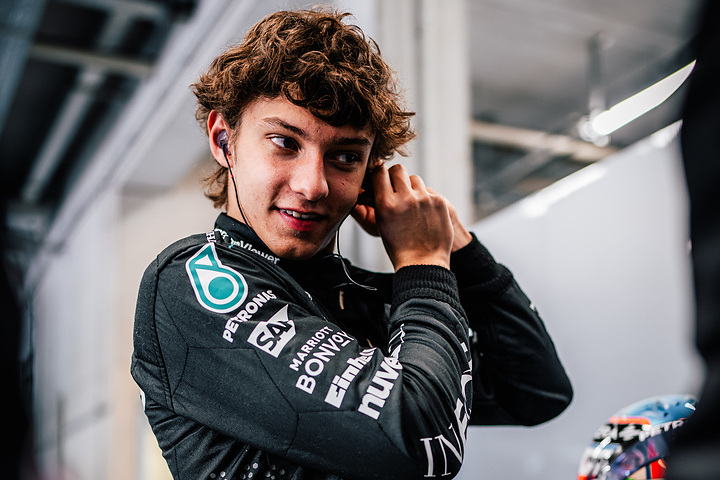
©Mercedes
"I'm not a big fan of it, of this entire system. The FIA thinks it's good, but I'd rather not have it.
"If someone is 17 or 18 years old and has maybe 20 points, but if he is very fast, why can't he get into Formula 1 then?"
Verstappen’s pertinent argument recalls the case of IndyCar charger Colton Herta who, despite his winning credentials in the US series, was denied by the FIA a Superlicence request by Red Bull, due to his points shortfall.
Keep up to date with all the F1 news via Facebook and Twitter



